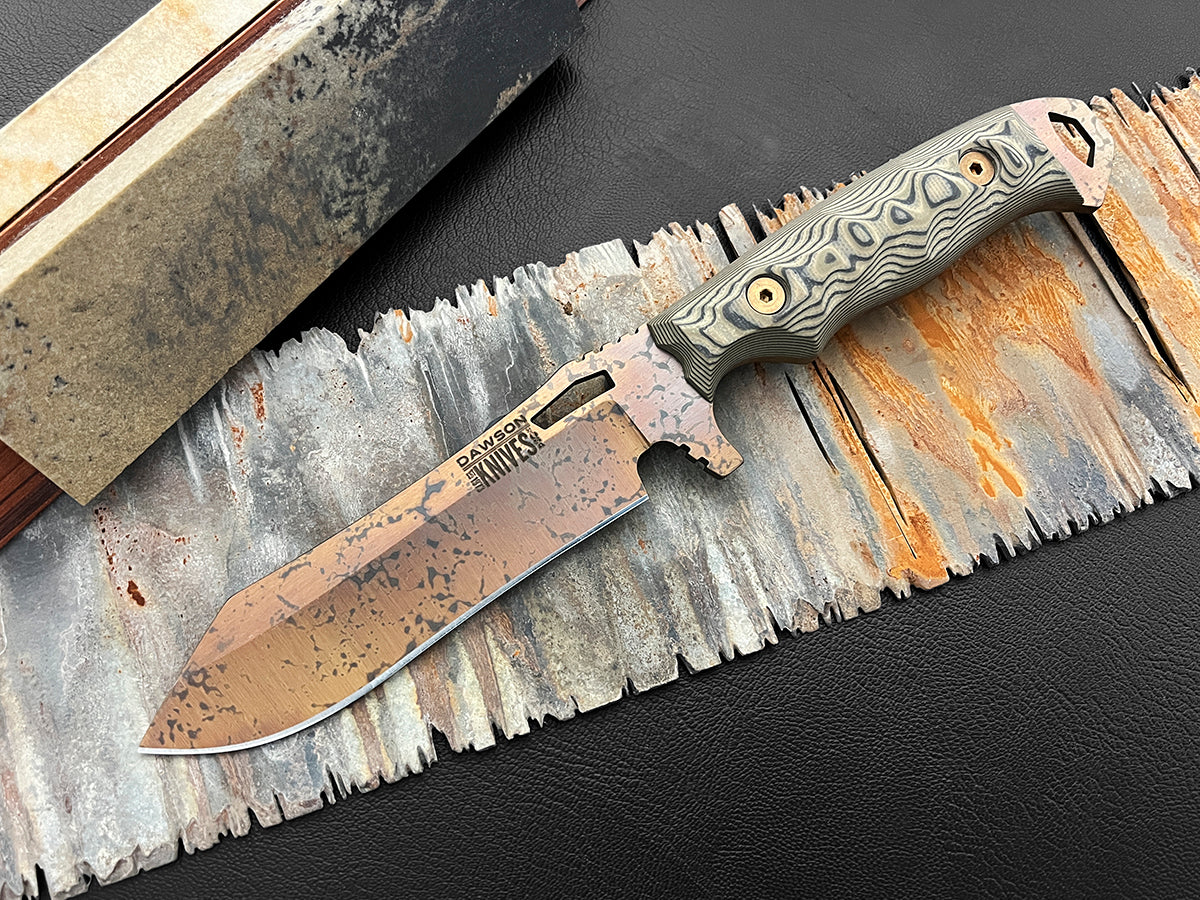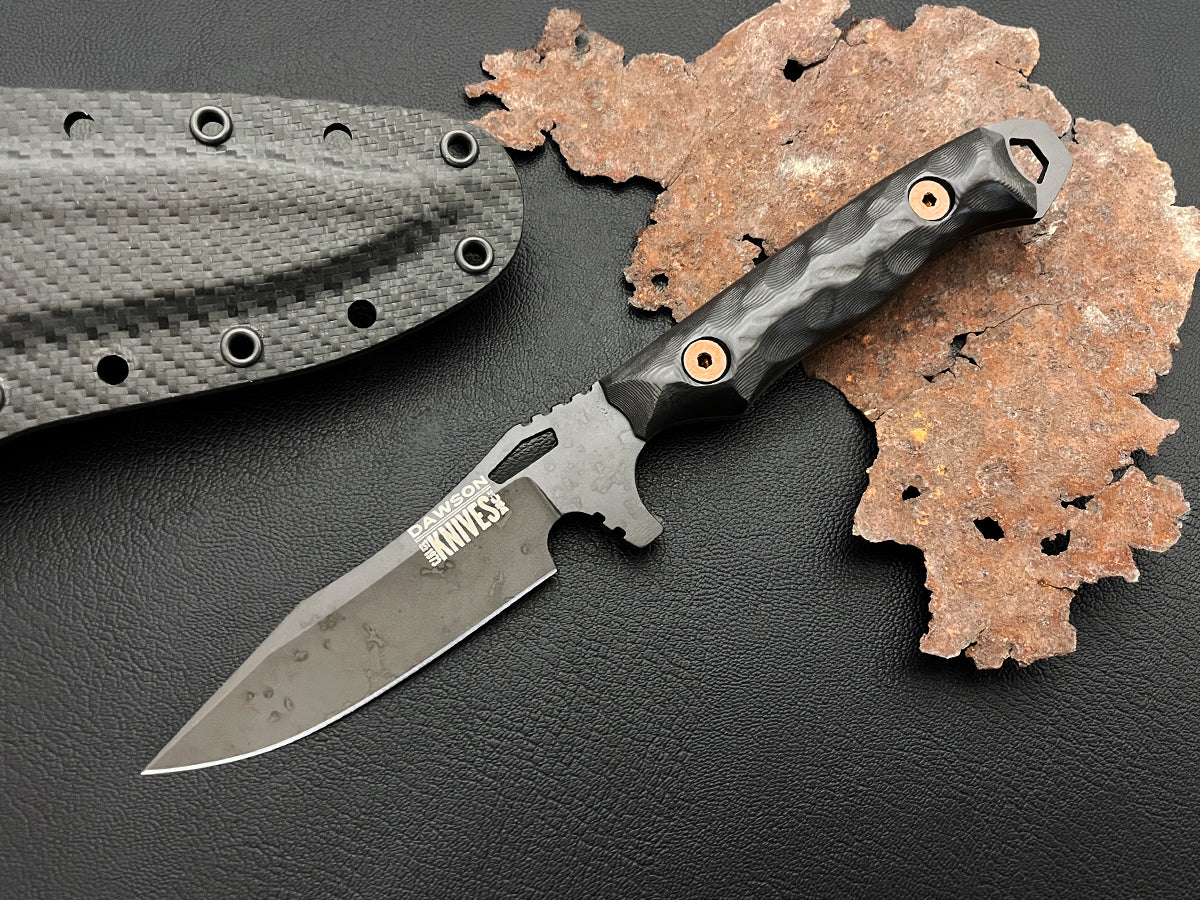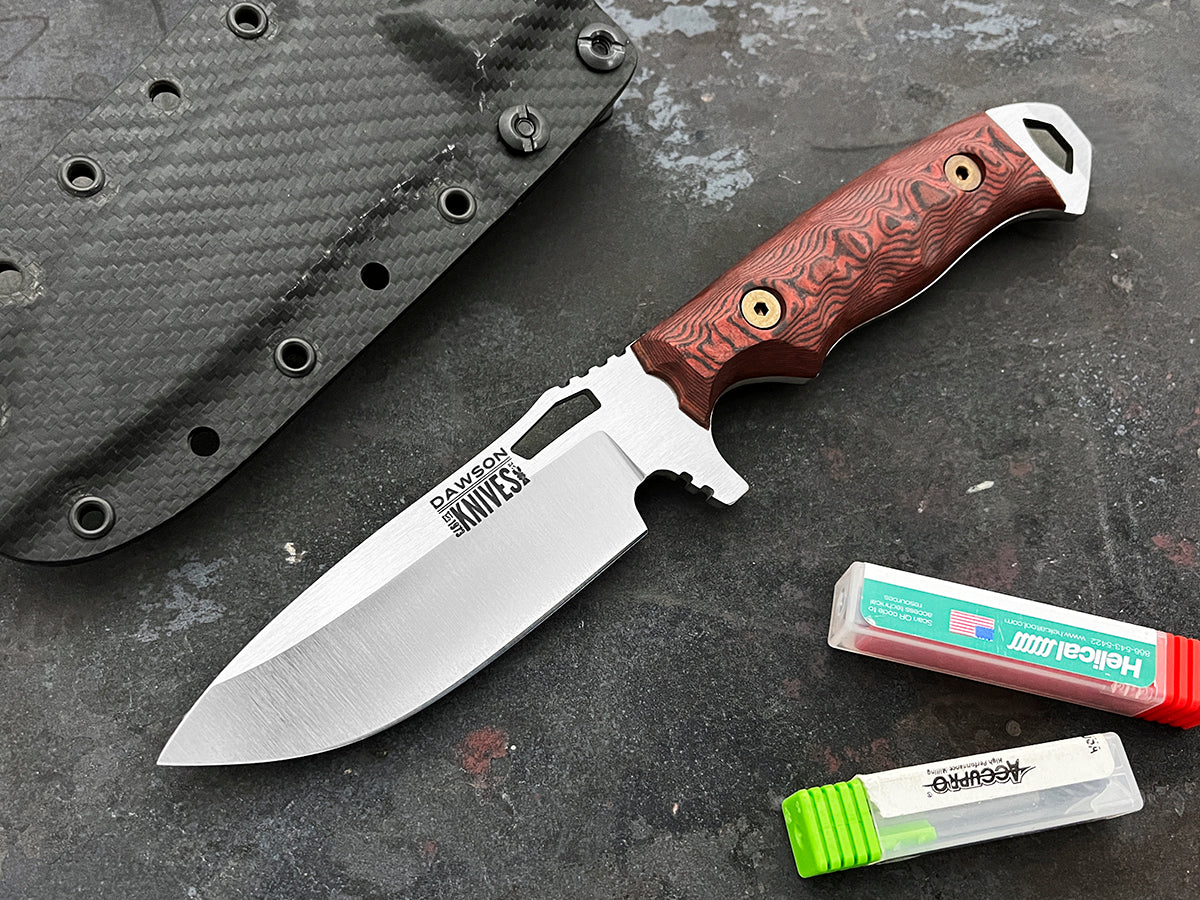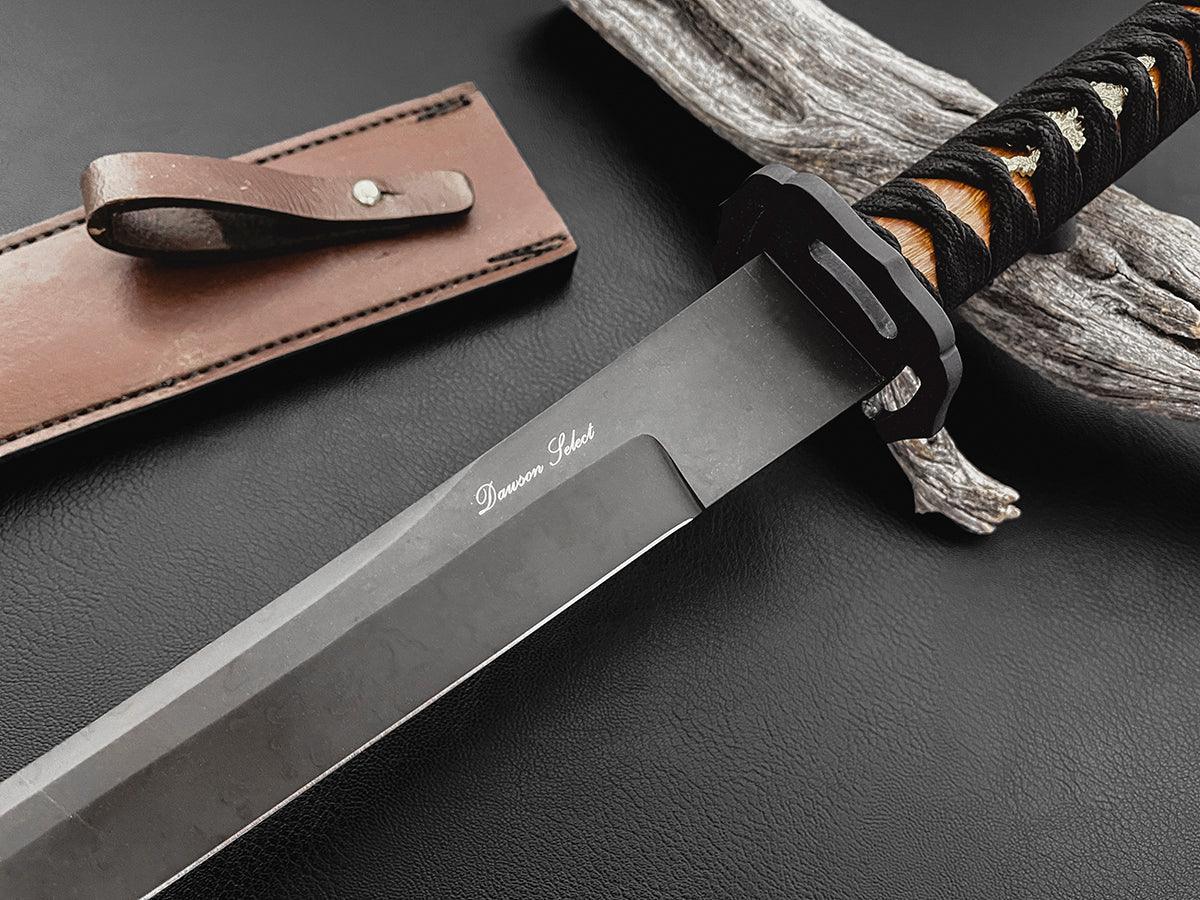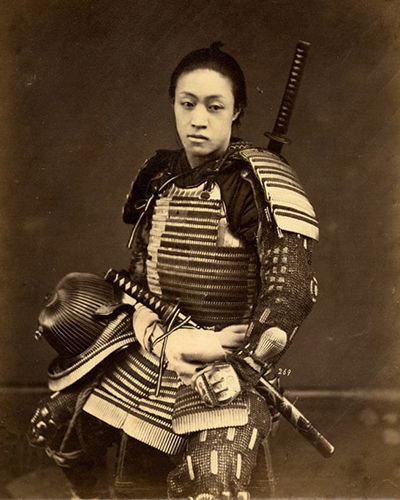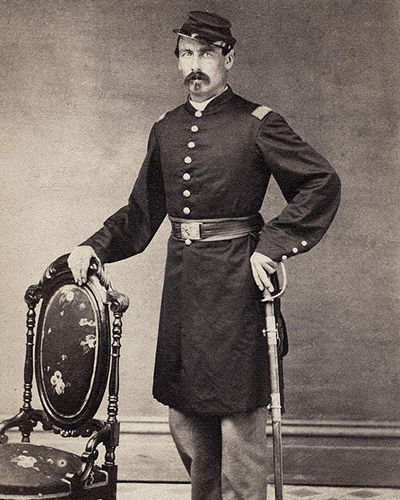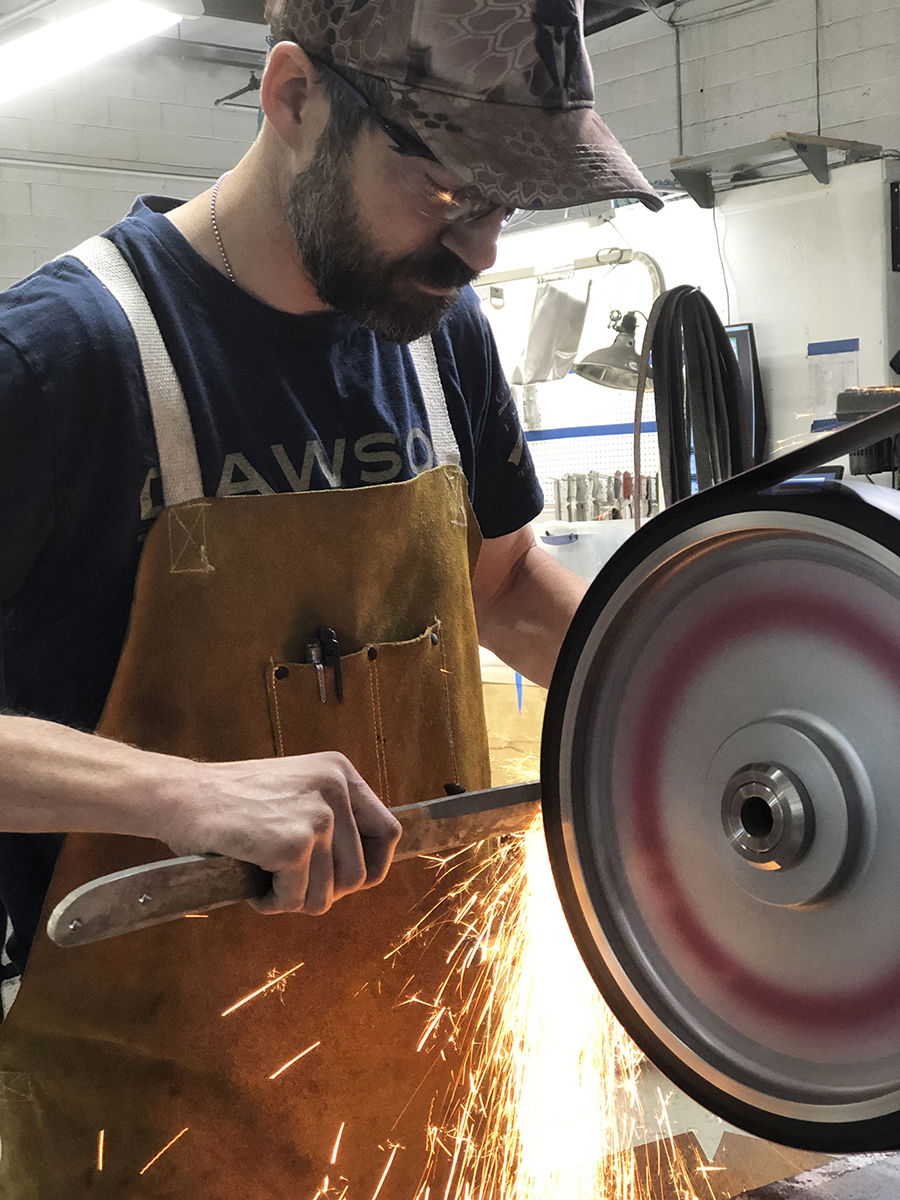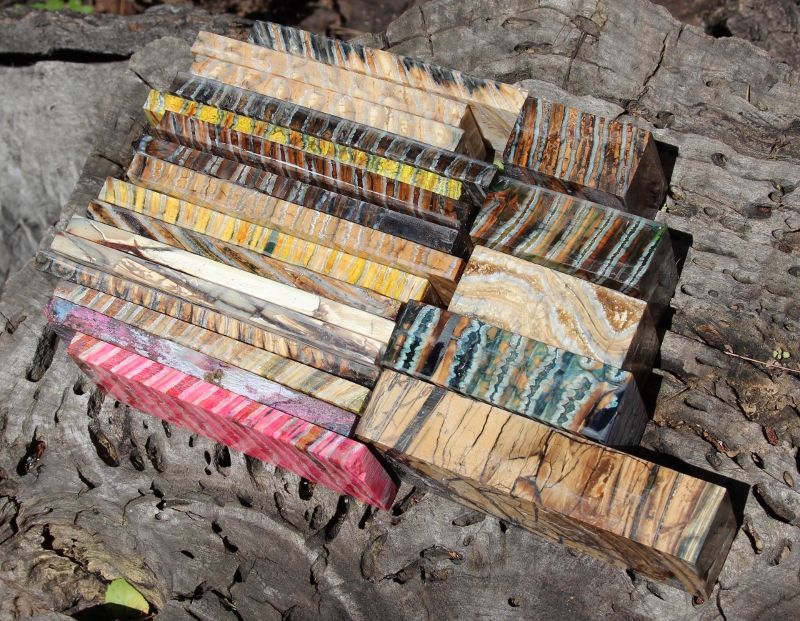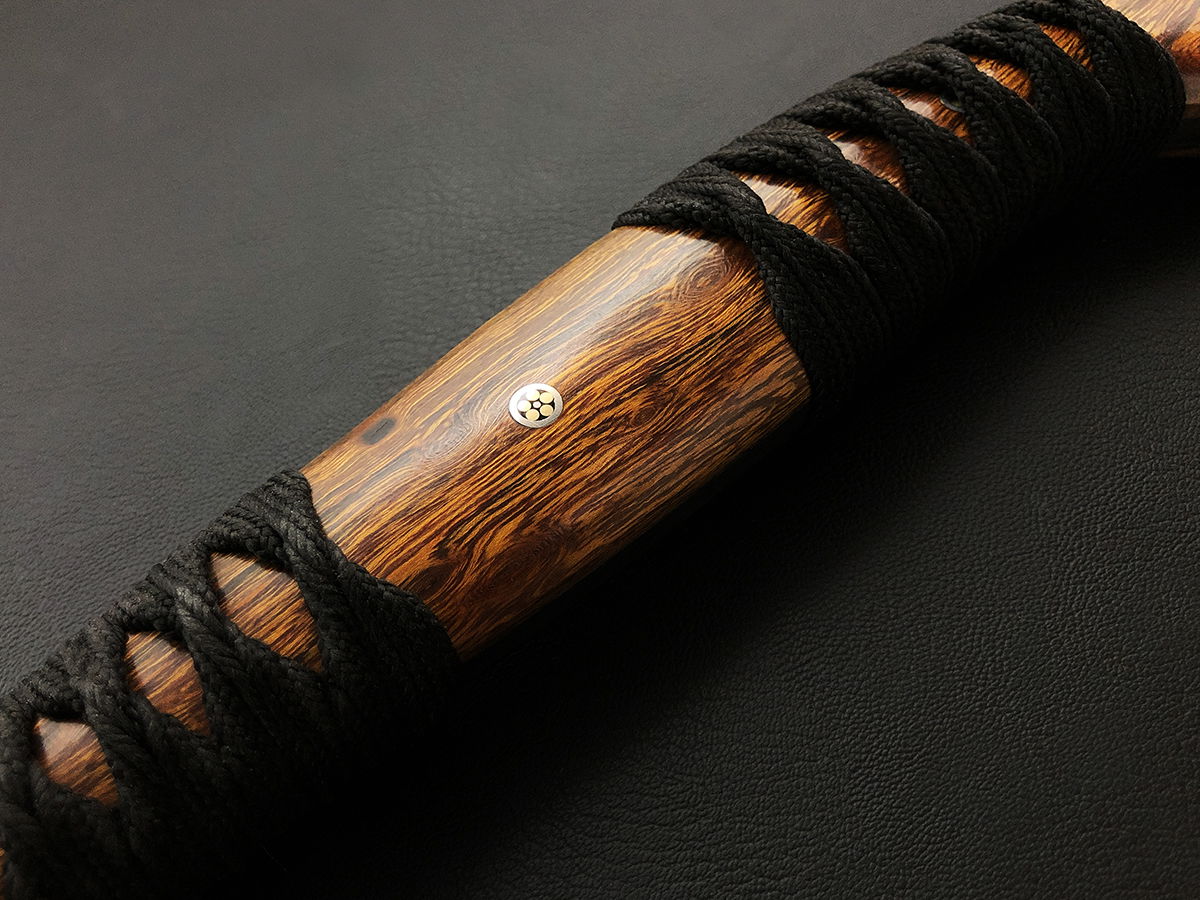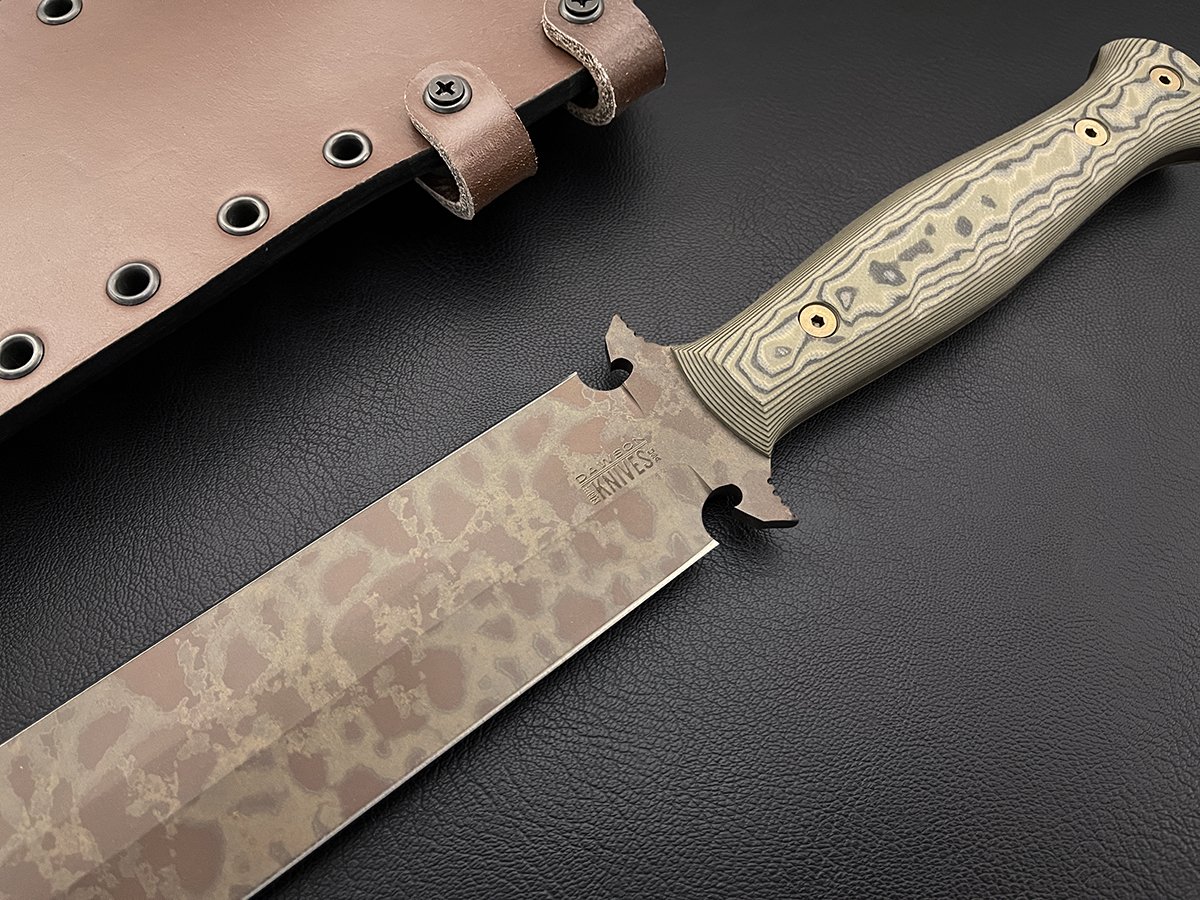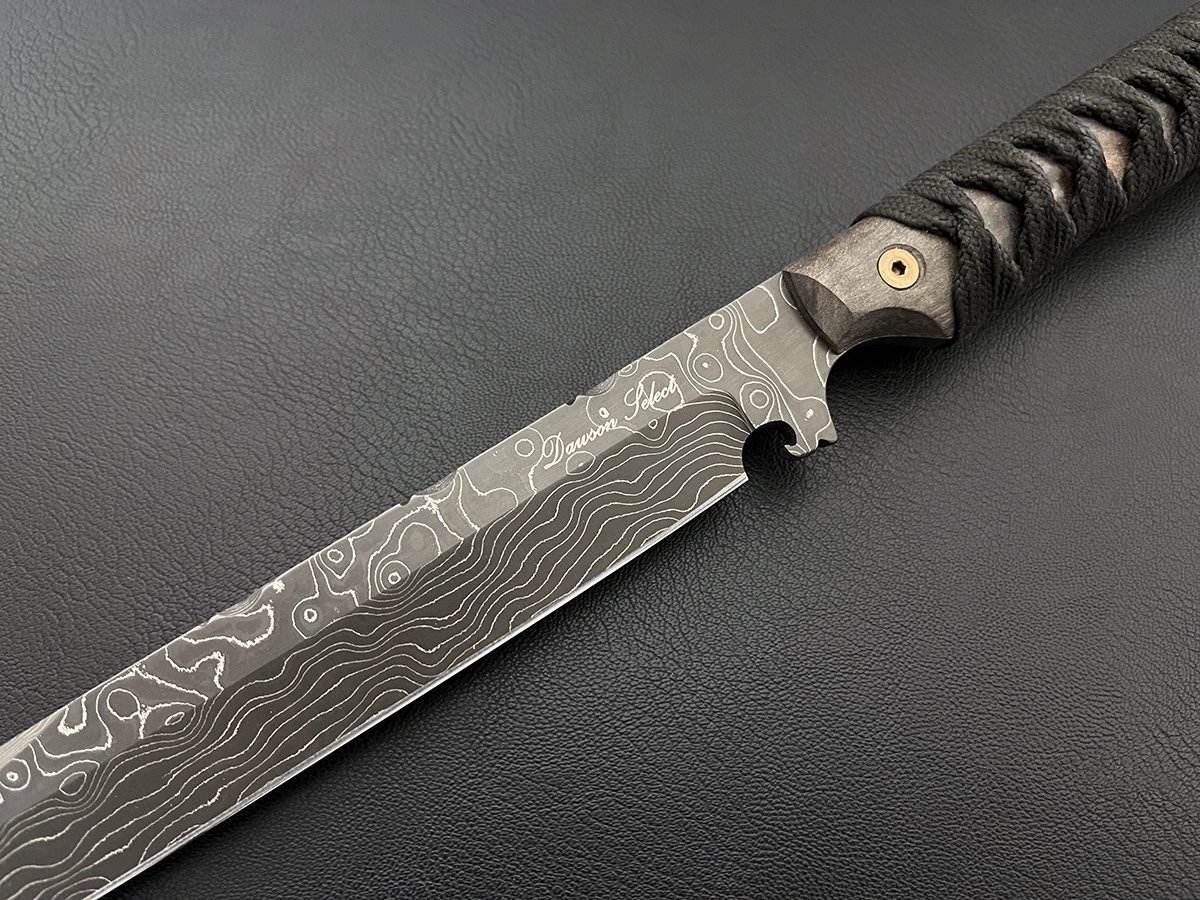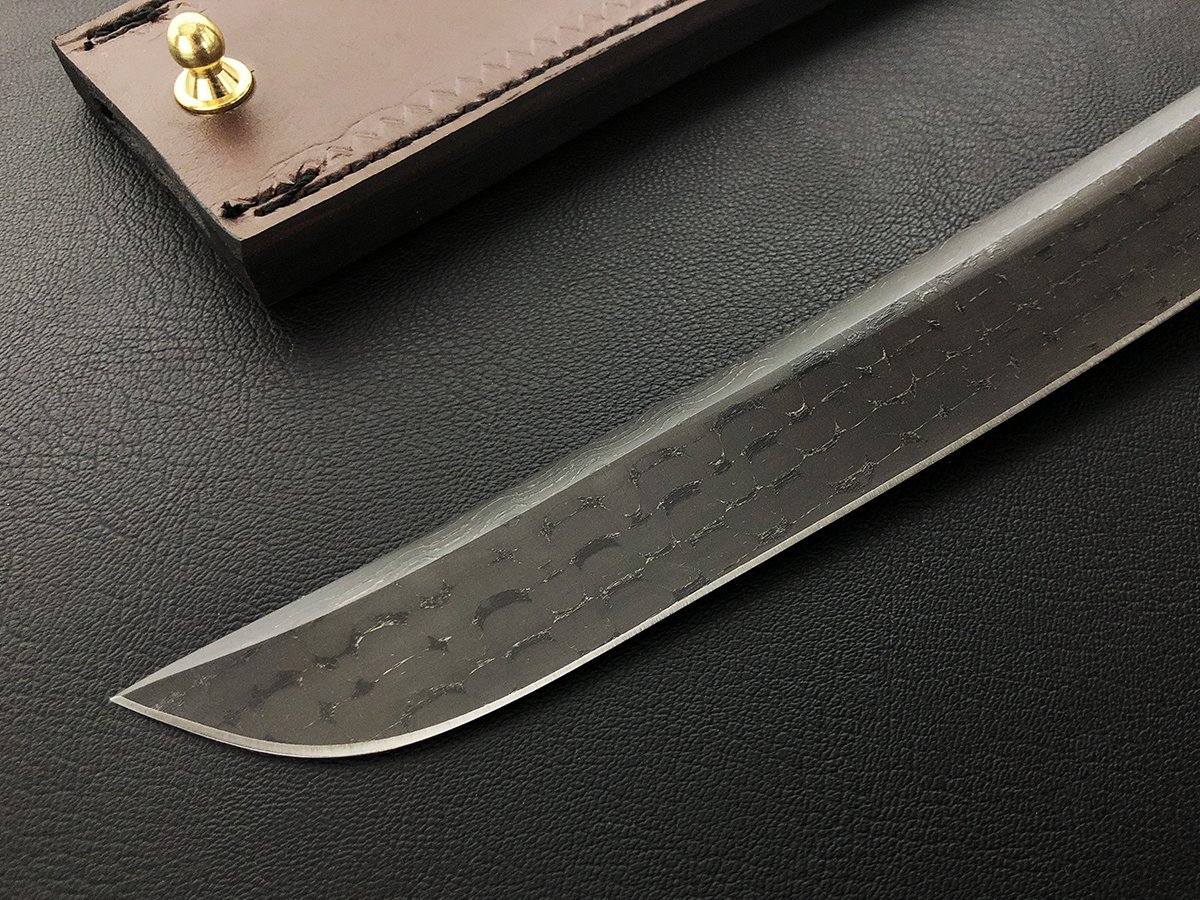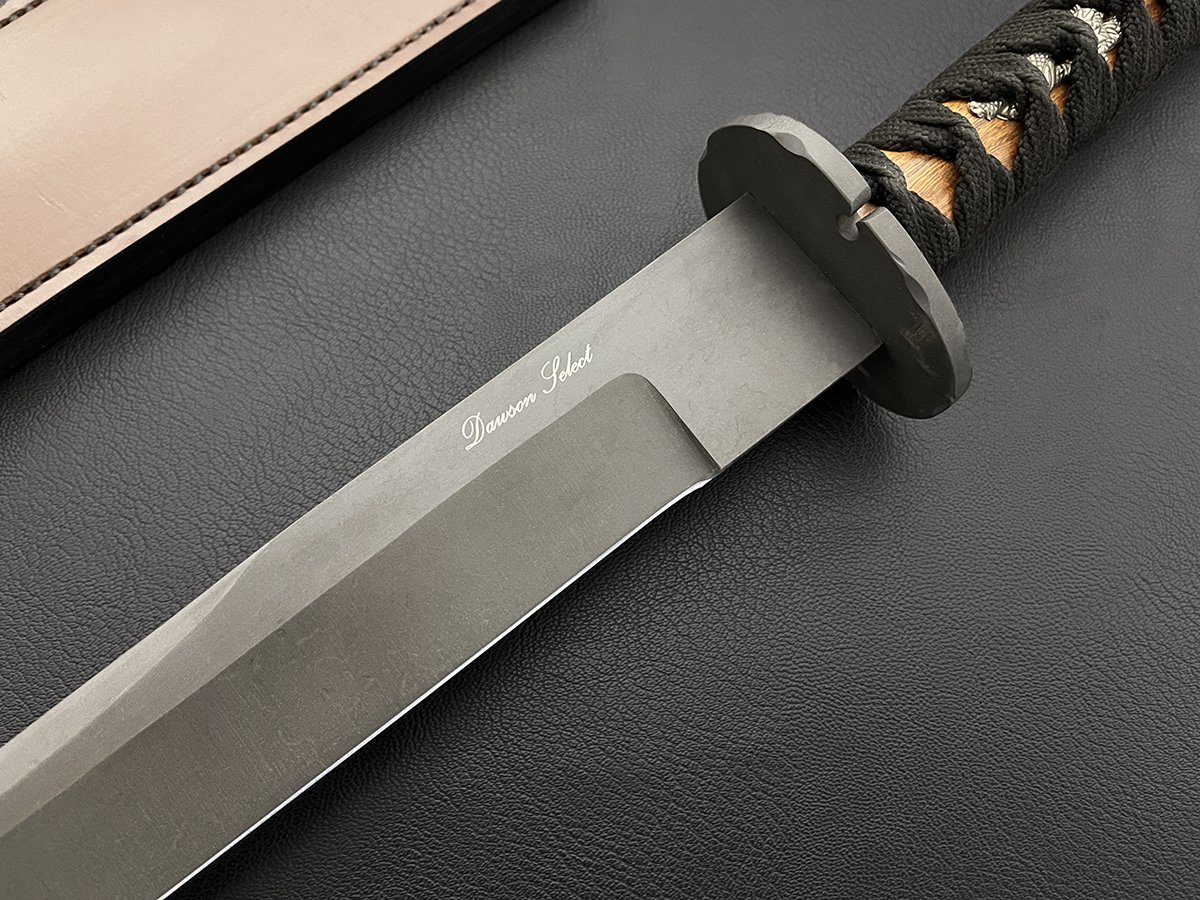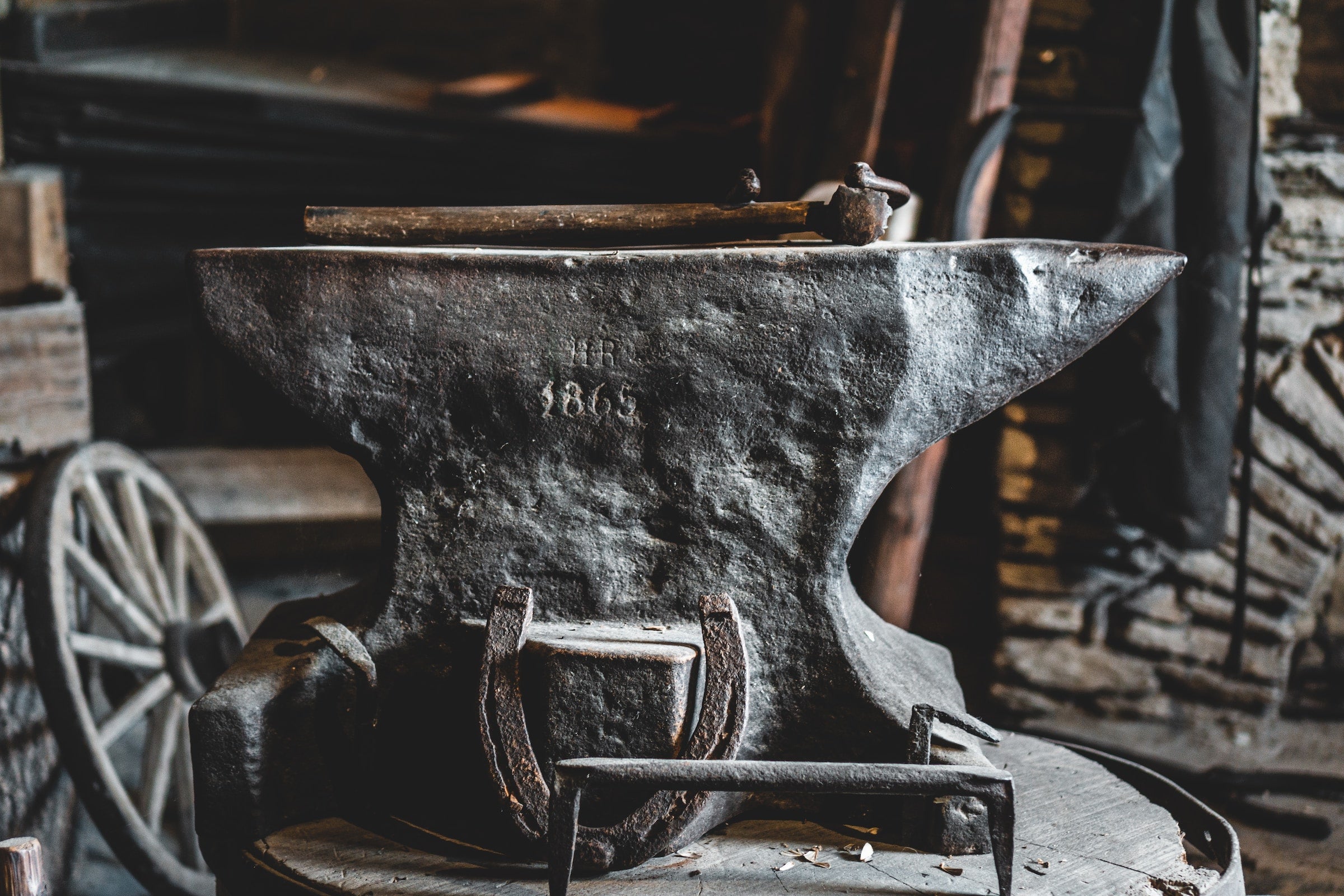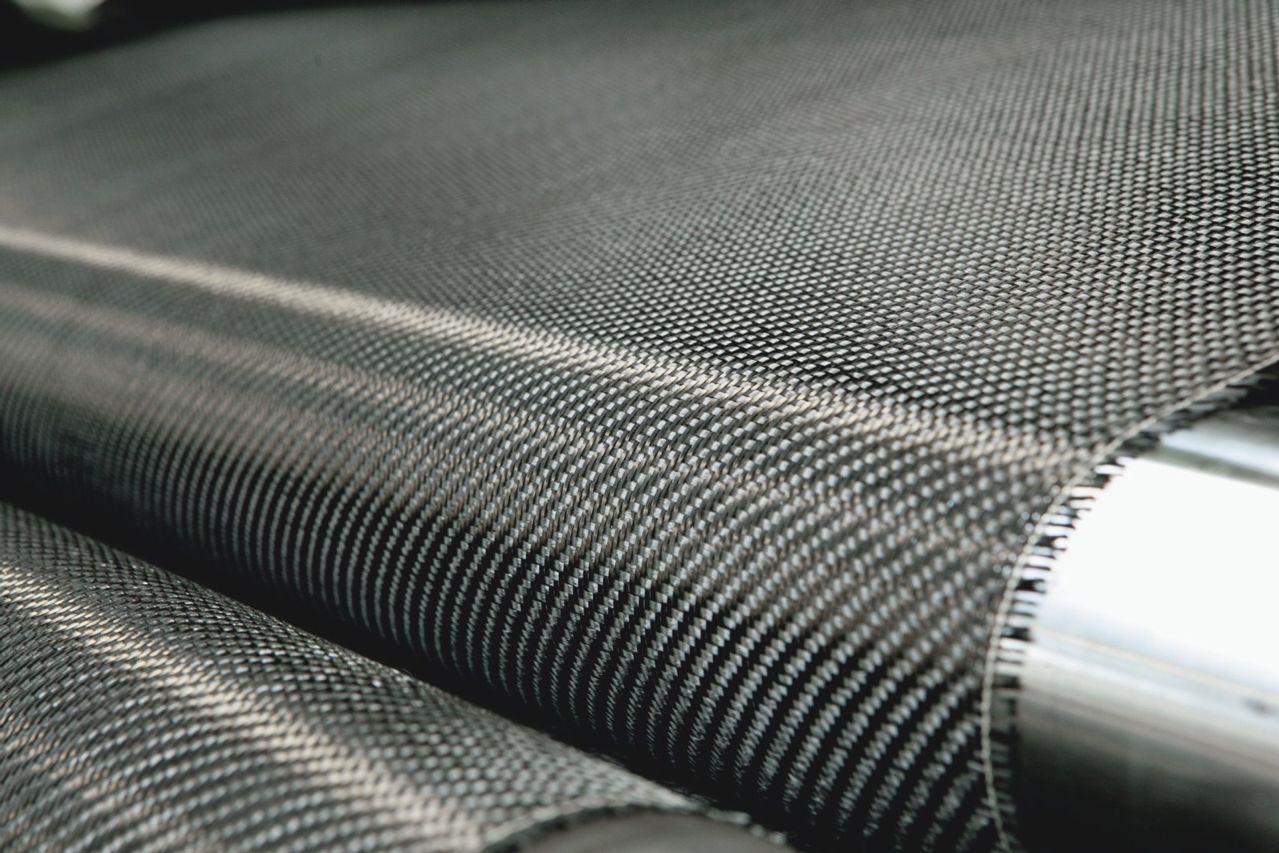knife of remarkable quality, superb piece for the collector or the field worker. The ergonomics and manufacturing quality are excellent. Communication with the team is very friendly. Shipping to Belgium posed no problems. thank you for these fabulous knives. be blessed.Fred from Belgium
Came pretty dang sharp! I sharpend it more, lol!
The black finish is really cool and the kydex sheath is great. First knife from yall, although I do have a sword on the way!
I really feel good about my “WILDERNESS” knife purchase! High Quality-feels nice in the hand and came SHARP!…Perfect EDC Size… USMC Vet
My limited edition Razorback is beautiful. I feel like I'm wearing a nice wristwatch when it's with me. The Arizona Ironwood is fantastic and the edge is frighteningly sharp. I mostly use mine to peel produce and open packaging, but I'm hoping to bring it on my next fishing trip and see how it does. I'm proud to own a knife made with passion only a few towns over. Dawson Knives should consider making an Arizona Copper variant!
Marauder | Survival, Camp and Backpacking Knife Series | CPM-MagnaCut Steel | Satin Finish
This is the second gate keeper I bought from Dawson it is a well balanced medium sized very sharp blade which is very comfortable to hold especially with a natural wood handle.Dawson never disappoint me on all my purchases.
